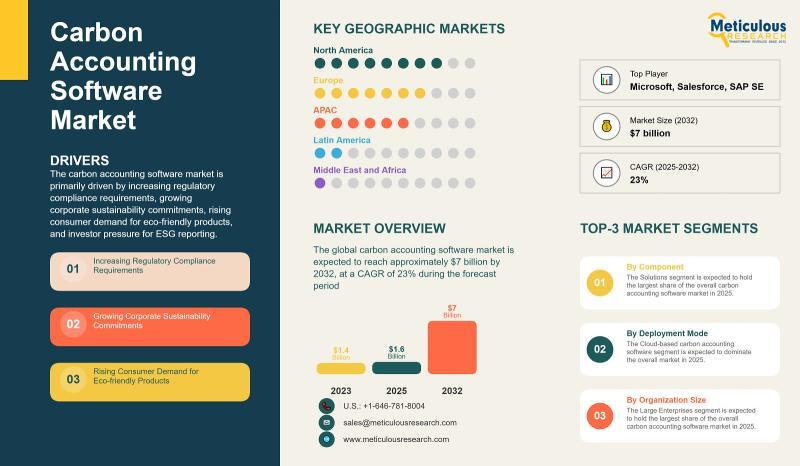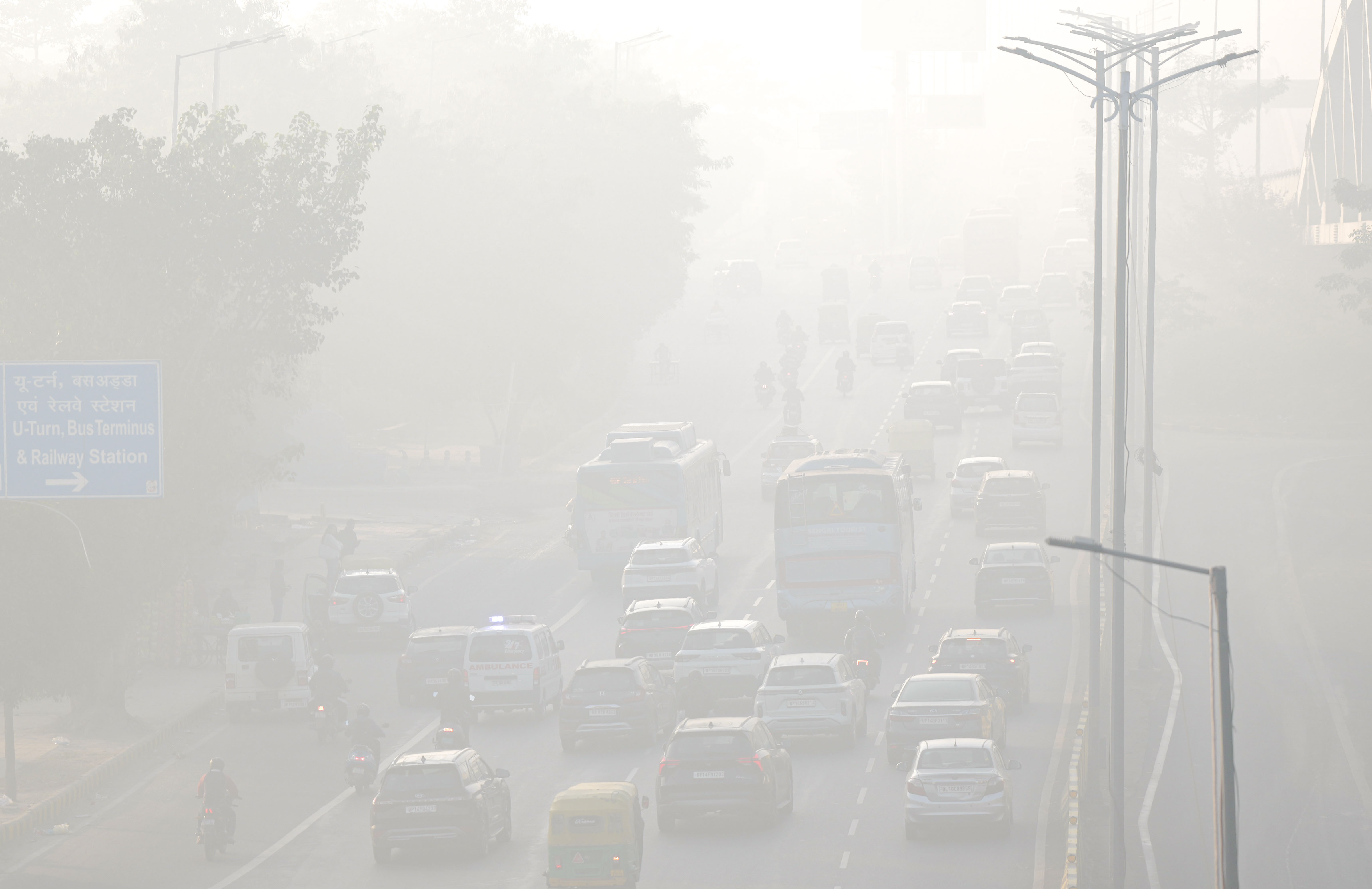Air Pollution From Industrial Facilities Is Far Worse Than Estimated. Trump Halted Efforts to Fix It. – ProPublica

Report on Industrial Emissions, Regulatory Oversight, and Sustainable Development Goals
Executive Summary
An analysis of industrial pollution data reveals a systemic failure in emissions reporting, posing a significant threat to the achievement of multiple Sustainable Development Goals (SDGs). For decades, the U.S. Environmental Protection Agency (EPA) permitted major industrial polluters to self-report emissions using estimation methods known to be unreliable. Subsequent direct air monitoring mandated by the EPA demonstrated that actual pollution levels were drastically higher than these estimates, directly impacting SDG 3 (Good Health and Well-being) and SDG 11 (Sustainable Cities and Communities). Despite clear evidence, regulatory efforts to mandate permanent, accurate monitoring have been halted, undermining SDG 16 (Peace, Justice and Strong Institutions) and delaying progress on SDG 12 (Responsible Consumption and Production).
Discrepancies in Emissions Reporting and Impacts on Sustainable Development
Flawed Self-Reporting Mechanisms
The prevailing regulatory framework has historically relied on an “honor system,” allowing companies to estimate emissions using “emission factors.” This methodology, which the EPA itself has acknowledged as problematic and often inaccurate, fails to provide a true account of industrial pollution. This lack of transparency and accountability is a direct impediment to achieving SDG 12, which calls for sustainable and responsible production patterns. By allowing emissions to go unmeasured and unmanaged, the system perpetuates environmental degradation and social inequality.
Fence-Line Monitoring Reveals Systemic Underestimation
In 2023, an EPA mandate required 20 industrial facilities to install temporary fence-line air monitors. The data collected exposed a severe discrepancy between estimated and actual emissions, confirming that the self-reporting system fails to protect public health and the environment.
- In 97% of comparable cases, direct monitoring revealed that facilities had underestimated their emissions.
- A steel industry plant near Pittsburgh recorded levels of a potent carcinogen more than 30 times higher than its estimate.
- A chemical facility in Louisiana measured toxic chemical levels 156 times higher than reported.
- Another Louisiana facility showed concentrations of ethylene dichloride, a carcinogen, that were 1,033 times higher than its estimates.
These findings indicate that the health risks to adjacent communities have been grossly miscalculated, representing a critical failure in advancing SDG 3 and SDG 11.
Health and Community Impacts: A Failure to Uphold SDG 3 and SDG 11
Public Health Crisis in Industrial Zones
The underestimation of toxic emissions has severe consequences for public health, directly contravening the objectives of SDG 3 (Good Health and Well-being). More than five million people live near the types of plants that would have been subject to new monitoring rules, facing an elevated risk of cancer and other serious health conditions. The reliance on flawed data means this figure is likely a significant undercount. Communities near facilities like the Clairton Coke Works report high incidences of:
- Blood cancers and anemia, linked to benzene exposure.
- Lymphoma and gastric cancer.
- Chronic obstructive pulmonary disease (COPD) and asthma.
These health outcomes demonstrate the tangible human cost of inadequate environmental regulation and corporate accountability.
Degradation of Sustainable Communities
The constant emission of noxious gases degrades the safety and sustainability of nearby communities, undermining SDG 11. Residents in areas from Pennsylvania’s Monongahela River valley to Louisiana’s “Cancer Alley” live with persistent air pollution, which creates unsafe living conditions and diminishes quality of life. The failure to accurately monitor and control pollution prevents these areas from becoming the safe, resilient, and sustainable human settlements envisioned by the SDGs.
Regulatory Actions and Setbacks for Environmental Governance
Initial Progress Towards Accountability and SDG 16
The EPA’s initiative to mandate fence-line monitoring for oil refineries, and later for coke plants and chemical facilities, represented a significant step toward strengthening institutional accountability, a core target of SDG 16. This data-driven approach proved effective, as benzene levels near refineries plummeted after monitoring was implemented. The proposed rules would have extended this accountability to over 130 additional industrial plants, enforcing responsible production (SDG 12) and protecting community health (SDG 3).
Regulatory Rollback Undermines Institutional Strength
The Trump administration’s decision to halt and reconsider these monitoring requirements constitutes a major setback for environmental governance. This action weakens the institutions responsible for protecting public health and the environment, directly conflicting with the principles of SDG 16.
- The administration halted rules requiring more than 130 plants to install air monitors.
- Companies were permitted to apply for two-year exemptions, allowing them to evade the new standards.
- This reversal prioritizes the status quo of unreliable self-reporting over the proven benefits of direct monitoring, leaving communities vulnerable.
This rollback of evidence-based policy in favor of industry interests demonstrates a weakening of the strong institutions necessary for achieving sustainable development.
Conclusion: The Path Forward for Sustainable Industrial Production
The evidence is unequivocal: the current system of self-reported industrial emissions is inadequate and conceals profound risks to public health and the environment. This failure directly obstructs progress on key Sustainable Development Goals, including SDG 3, SDG 11, SDG 12, and SDG 16. Achieving these goals requires a firm commitment to transparent, data-driven environmental governance. The implementation of mandatory fence-line monitoring is not merely a technical requirement but a fundamental necessity for ensuring corporate responsibility, protecting vulnerable communities, and building a just and sustainable future.
Analysis of Sustainable Development Goals in the Article
1. Which SDGs are addressed or connected to the issues highlighted in the article?
-
SDG 3: Good Health and Well-being
- The article extensively discusses the severe health consequences for communities living near industrial polluters. It explicitly mentions “noxious, cancer-causing gases,” and links air pollution to specific illnesses such as cancer (lymphoma, gastric cancer), anemia, chronic obstructive pulmonary disease (COPD), and asthma. The text states that “More than 5 million people face an increased risk of developing cancer” due to their proximity to these plants, directly connecting industrial pollution to adverse health outcomes.
-
SDG 11: Sustainable Cities and Communities
- The article focuses on the environmental degradation of communities located near industrial facilities like coke plants and chemical factories. It describes how pollution creates “a cloud of stagnant pollution” and affects the daily lives of residents, making their air unsafe to breathe. The core issue is the adverse environmental impact of industrial activity on human settlements, which is a central theme of SDG 11.
-
SDG 12: Responsible Consumption and Production
- The central conflict in the article revolves around unsustainable production practices by industrial facilities that release hazardous chemicals. It highlights the failure to manage these chemicals responsibly, evidenced by the massive discrepancy between self-reported emissions and actual monitored pollution levels. The article discusses the release of chemicals like benzene, vinyl chloride, and ethylene oxide into the air, pointing to a lack of environmentally sound management of industrial byproducts.
-
SDG 16: Peace, Justice, and Strong Institutions
- The article critiques the effectiveness and transparency of a key government institution, the Environmental Protection Agency (EPA). It describes the EPA’s reliance on a flawed “honor system” where companies self-report emissions using unreliable methods. Furthermore, it details how the Trump administration halted new regulations requiring accurate monitoring, thereby undermining institutional accountability. The involvement of community advocacy groups and lawsuits against polluters also highlights the pursuit of environmental justice.
2. What specific targets under those SDGs can be identified based on the article’s content?
-
Under SDG 3: Good Health and Well-being
- Target 3.9: “By 2030, substantially reduce the number of deaths and illnesses from hazardous chemicals and air, water and soil pollution and contamination.” The article directly addresses this target by detailing the illnesses and increased cancer risks faced by residents in communities like Clairton, Pennsylvania, and Plaquemine, Louisiana, due to exposure to hazardous industrial air pollutants such as benzene and vinyl chloride.
-
Under SDG 11: Sustainable Cities and Communities
- Target 11.6: “By 2030, reduce the adverse per capita environmental impact of cities, including by paying special attention to air quality…” The entire article is focused on the poor air quality in communities adjacent to industrial plants. The introduction of “fence-line monitoring” was a direct attempt to measure and subsequently manage this adverse environmental impact, aligning perfectly with this target.
-
Under SDG 12: Responsible Consumption and Production
- Target 12.4: “By 2020, achieve the environmentally sound management of chemicals and all wastes throughout their life cycle… and significantly reduce their release to air, water and soil in order to minimize their adverse impacts on human health and the environment.” The article shows a failure to meet this target, as industrial facilities are shown to be releasing far more hazardous chemicals (like benzene and ethylene oxide) into the air than previously reported, directly causing adverse health impacts.
-
Under SDG 16: Peace, Justice, and Strong Institutions
- Target 16.6: “Develop effective, accountable and transparent institutions at all levels.” The article critiques the EPA for its long-standing reliance on an unreliable self-reporting system (“honor system”) and highlights the lack of accountability when the Trump administration halted rules that would have enforced more transparent and accurate emissions monitoring.
3. Are there any indicators mentioned or implied in the article that can be used to measure progress towards the identified targets?
-
For Target 3.9 (Reduce illness from pollution):
- Implied Indicator: Mortality and morbidity rates attributed to air pollution. The article provides specific examples that can be tracked, such as the “increased risk of developing cancer” for 5 million people, the lifetime cancer risk of “100 in a million” in Louisiana’s Cancer Alley, and the spike in “Emergency room visits for asthma” after a facility fire.
-
For Target 11.6 (Reduce adverse environmental impact/improve air quality):
- Specific Indicator: Measured concentrations of air pollutants. The article repeatedly mentions the use of “fence-line monitoring” to measure the actual concentration of specific pollutants. It provides concrete data points, such as benzene levels at the Clairton plant being “37 times higher than estimated” and vinyl chloride levels at a Dow facility being “156 times higher.” These measurements, often in micrograms per cubic meter (µg/m³), are direct indicators of air quality.
-
For Target 12.4 (Reduce release of hazardous chemicals):
- Specific Indicator: Volume of hazardous chemical emissions. The primary conflict in the article is the discrepancy between two methods of measuring this indicator: company estimates using “emission factors” versus direct measurement via “air monitors.” The data from the monitors (e.g., benzene levels exceeding the EPA standard) serves as a direct indicator of whether chemical releases are being reduced.
-
For Target 16.6 (Develop effective and accountable institutions):
- Implied Indicator: Implementation and enforcement of environmental regulations. The article tracks this indicator clearly: the EPA developed new rules requiring monitoring, but the administration then “halted the effort” and granted “two-year exemptions” to dozens of plants. The number of regulations passed, implemented, rolled back, or exempted serves as a measure of institutional effectiveness and accountability.
4. Summary of Findings
| SDGs | Targets | Indicators |
|---|---|---|
| SDG 3: Good Health and Well-being | 3.9: Substantially reduce deaths and illnesses from hazardous chemicals and air pollution. |
|
| SDG 11: Sustainable Cities and Communities | 11.6: Reduce the adverse per capita environmental impact of cities, paying special attention to air quality. |
|
| SDG 12: Responsible Consumption and Production | 12.4: Achieve environmentally sound management of chemicals and significantly reduce their release to air. |
|
| SDG 16: Peace, Justice, and Strong Institutions | 16.6: Develop effective, accountable, and transparent institutions at all levels. |
|
Source: propublica.org
What is Your Reaction?
 Like
0
Like
0
 Dislike
0
Dislike
0
 Love
0
Love
0
 Funny
0
Funny
0
 Angry
0
Angry
0
 Sad
0
Sad
0
 Wow
0
Wow
0














































.jpg.webp?itok=0ZsAnae9#)







:focal(1500,1000)/https://media.globalcitizen.org/a6/9a/a69a4720-d8a1-4715-b596-18738d03c05c/rotary_polio_hero_image.jpg?#)

/countries/sri-lanka/photo-credit---dmc-sri-lanka.tmb-1200v.jpg?sfvrsn=dc298bcc_1#)



















